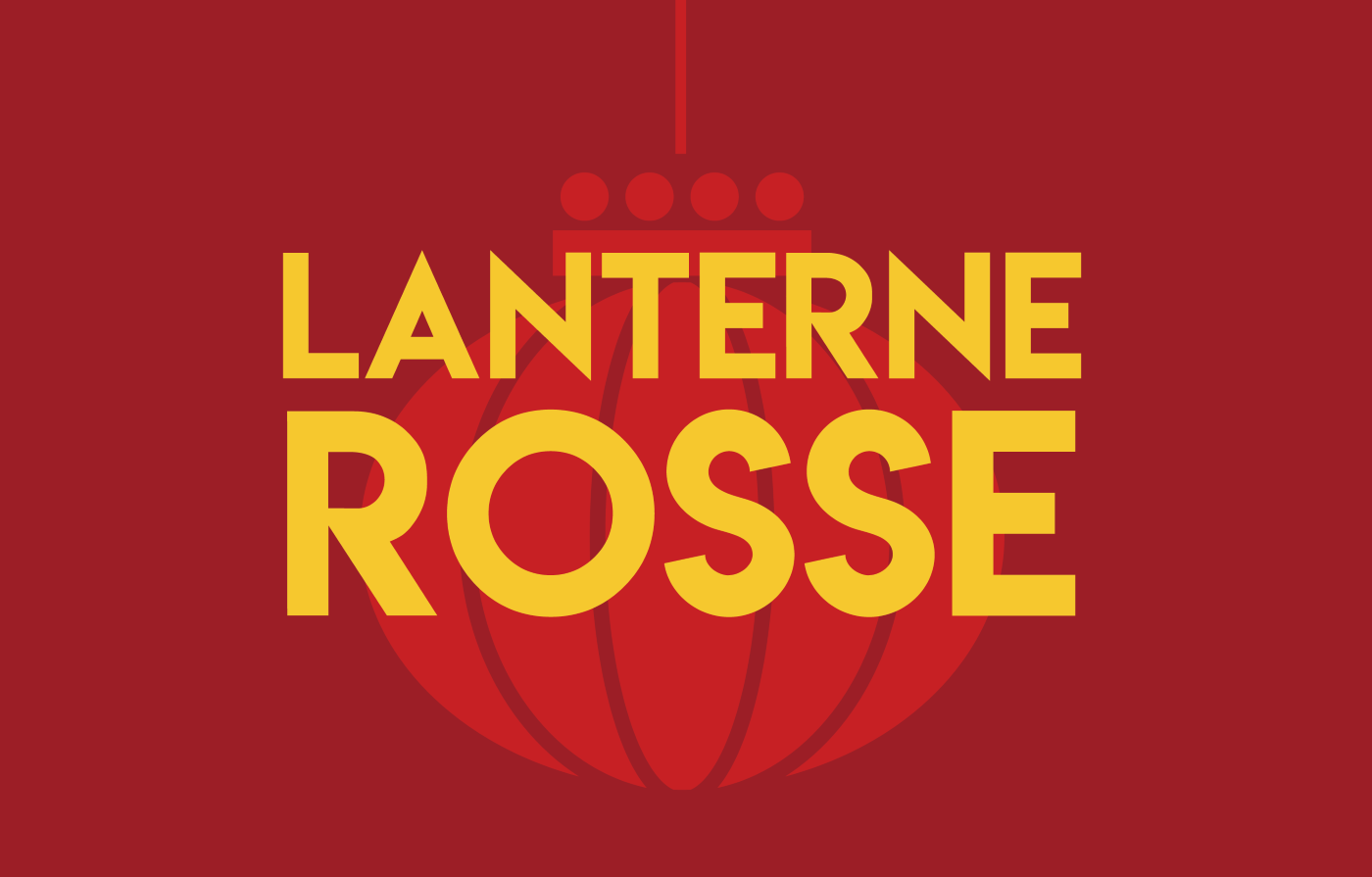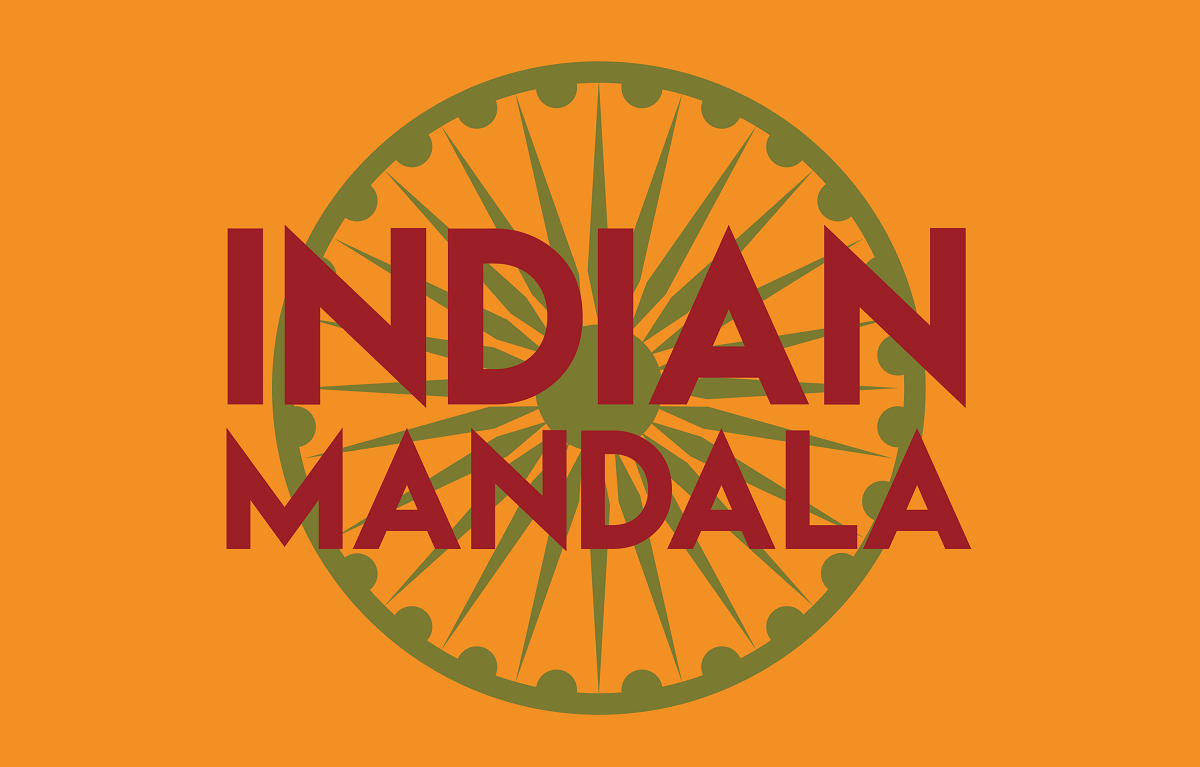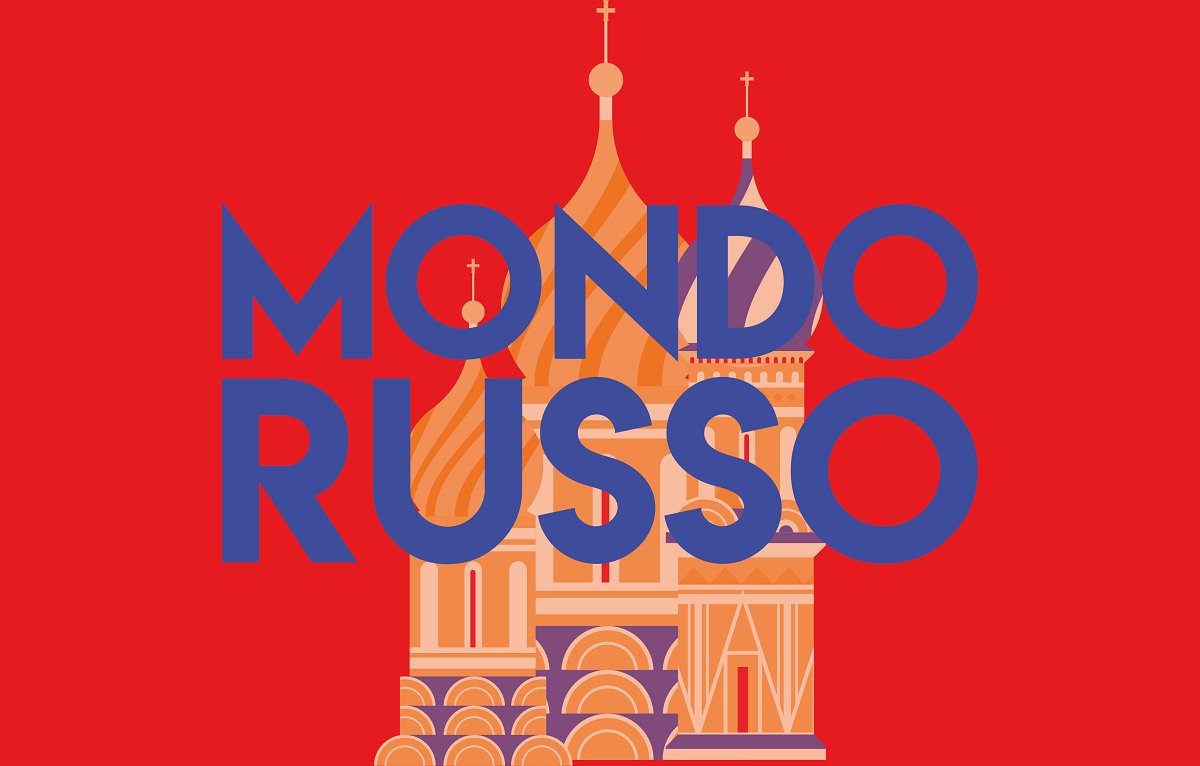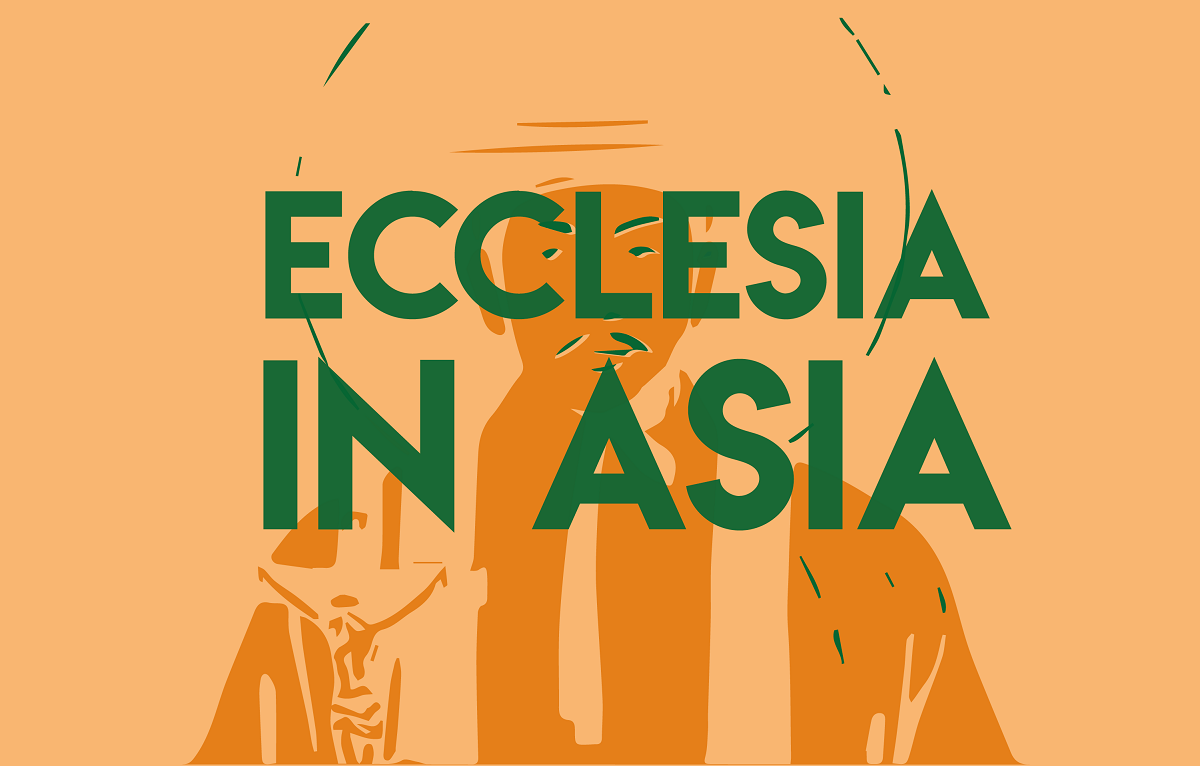The two speeds of the Russian war economy
The military supply sector is growing and thriving with a continuous flow of resources, raw materials, finance and technology. Small and medium-sized enterprises and the consumer sector are having to contend with restrictions due to sanctions, tax increases and limited access to capital. Moscow's economy has already taken root in a model that will not be easy to change in the future.
Moscow (AsiaNews) - Russian President Vladimir Putin continues undeterred on the path of militarising the Russian economy, undeterred by international sanctions, persistently high inflation, a consequent decline in the population's standard of living and increasingly evident structural imbalances.
The Kremlin's plan prioritises the continued rearmament of the army and the replenishment of arsenals, which will require increasingly intense arms production for at least the next three years.
Even if there were a desire to return to a “peaceful” economy, this would not be possible in the short term, nor even in the longer term, as Aleksandra Prokopenko, a specialist at the Carnegie Centre in Berlin for Russia and Eurasia, states in a study published on the Meduza website.
The study documents how a “two-speed economy” has developed in Russia over the last three years, with the war-related sector growing and thriving with a continuous flow of resources, raw materials, finance and technology. On the other hand, the private sector, small and medium-sized enterprises and the consumer sector have to contend with artificial restrictions due to sanctions, tax increases and limited access to capital.
This mechanism creates an “economic vacuum cleaner” effect: resources are redistributed from low-priority sectors to strategically important ones, allowing the state to concentrate funds on key areas but creating structural imbalances.
This is evident, for example, in statistics on the production of metal products, which include weapons and ammunition: production of this group of goods has grown at double-digit rates since the start of the war, while production of non-military goods is declining.
Excessive militarisation and protectionism imposed by the Kremlin are the main drivers of demand in the economy. Consumer demand is limited by inflation; private investment demand is supplanted by public spending.
The economy has already entrenched itself in a model where military rents essentially perform the same function for some companies and categories of citizens as the oil and gas windfall did in the 2000s.
The difference is that back then, excess revenues from raw materials entered the economy from outside and were largely redistributed through the budget, simultaneously creating demand for consumer goods and investments.
Now, however, the state is financing the war with the same revenues from raw materials, albeit significantly reduced. These expenditures are used to produce tanks, drones and bullets destroyed in Ukraine, as well as living and death allowances for military personnel.
Foreign trade remains positive, but oil and gas are sold at a significantly discounted price and the geography of supplies, under Western embargo, has shifted towards Asia and the Global South, giving new buyers powerful bargaining leverage.
Imports are limited by sanctions, increasing business costs and reducing the technological sophistication of production. The capital account is closed: regulations on the sale of export proceeds are in place (in 2023, exporters were required to sell 90% of them; this requirement has now been reduced to zero, but not abolished) and regulatory restrictions on capital outflows are in place.
Formally, the balance is stable, but this is due to strict administrative support rather than economic flexibility.
The Russian defence industry accounts for almost 8% of GDP, and reducing military spending without causing economic collapse would only be possible if certain conditions were strictly met. First and foremost, external threats must truly disappear, with security guarantees that satisfy Putin himself.
Then there would have to be a mass demobilisation of contract soldiers, with their forced retraining and integration into the civilian economies of the regions. There would need to be at least a partial lifting of sanctions to ensure access to essential technologies and components, and a revolution in defence procurement, introducing strict key performance indicators.
Finally, there will need to be a focus on a “people's military-industrial complex”, an ecosystem of small and medium-sized enterprises capable of drastically reducing production costs through modularity and mass production.
As Prokopenko explains, Putin has often been described as a “lucky” politician, but it would be difficult to achieve such a combination of factors through luck alone, and the future of the Russian economy therefore remains highly uncertain.
17/06/2021 14:37
01/07/2021 10:01
26/05/2018 13:27
19/10/2022 09:29





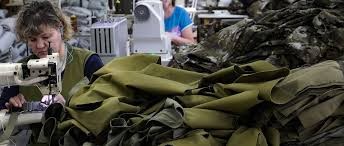

.png)

